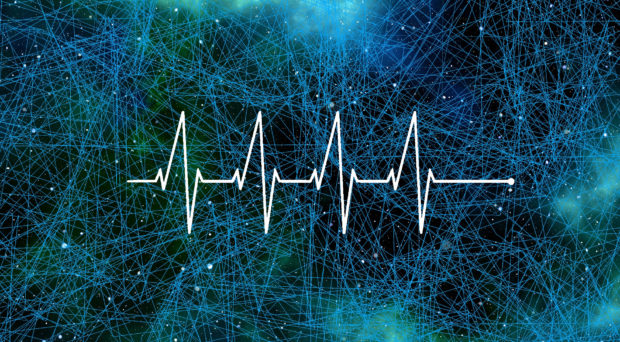
This blog has been cross-posted from the SpringerOpen blog
Since you started reading this sentence, ~2MB of new information was generated for every single person in the world. While there are different estimates on the rate of data accumulation in the biomedical domain (see Stephens et al. 2015, Raghupathi and Raghupathi 2014 or this 2011 comment), it is clear that computational power does not scale as fast as the data. This calls for novel algorithmic designs to dig deeper, challenging us to develop smart ways to handle large-scale data sets and fully make sense of them.

Indeed, despite the progress and achievements in biomedicine based on genetics and molecular biology, there is still a significant gap in understanding the complex phenotypic effects of genetic alterations disrupting biological activities within cells. Accordingly, we lack a clear understanding of the mechanisms through which the genomic, proteomic, and metabolic factors impact the cellular connectivity across cells, tissues, and organs that lead to different disease phenotypes and clinical associations. We are still trying to understand how diverse physiological systems and organs coordinate their functions and interact with other systems across multiple levels. We also continue to lack a clear picture of the significance of the microbiome in disease epidemiology and characterization of the microbiome in different diseases. Finally, the role of patient social interactions and hospital patient-sharing patterns are still largely neglected, as such data have only recently become available for systematic mining.
With the development of new technologies and media for high-throughput screening such as advanced capturing devices, patient social communication in digital forms, improved medical knowledge, availability of large electronic health record collections and cheaper genomics analyses, the challenge in healthcare is to distill the knowledge from such complex, heterogeneous big data and efficiently extract potentially meaningful information to resolve the disease complexity to predict new biomarkers and drug targets.
The deeply interconnected features in the big data stemming from both life sciences and healthcare are particularly amenable to pursue network-centric approaches
Such a data avalanche can seem daunting at first. Yet, in the same way that a massive collection of street addresses carries very limited information until it is represented as a street map, such a “dataclysm” can be harnessed when describing and understanding the relationships that constitute the fabric of the hidden map behind the data. In particular, the deeply interconnected features in the big data stemming from both life sciences and healthcare are particularly amenable to pursue network-centric approaches. This is the endeavor of network medicine, a recent field that takes a quantitative, holistic look at human health through the study of networks of genes and proteins, modules across cells and tissues, electronic health records, epidemiological, and clinical data (Barabási et al. 2011, Greene and Loscalzo 2017). From proteins in a cell to patients in a hospital, biomedical data gives rise to complex webs of interactions that can be harnessed for predictive, personalized medicine.
Submit your work!
In the 2018 Applied Network Science special collection on “Network Medicine in the era of Big Data in Science and Healthcare“, we are inviting researchers from all around the globe to showcase the recent breakthrough in the field of network medicine and complex networks, dynamical systems, and computational biology. The aim of the special issue is to collect the latest advances in developing new approaches to decipher the complexity of diseases or providing the implications and explanations for disease causations and therapeutic endeavors from a network science perspective. The issue will contain carefully selected high-quality articles that provide new insights into the complex processes involved in human physiology and disease.
We are delighted with the interest and feedback we have received from the network medicine community. Within the first month of our call, we received over five submissions, including a longitudinal community detection analysis of physicians in a hospital to a multiscale characterization of human diseases. We are looking forward to receiving many more submissions that bring together novel network approaches applied to various biological and health-related datasets to address the current challenges and bottlenecks on the implementation of translational network medicine.
If you are interested, please submit your work before March 31, 2018 (expression of interest deadline: January 31, 2018). Find all details on the journal website.
Comments